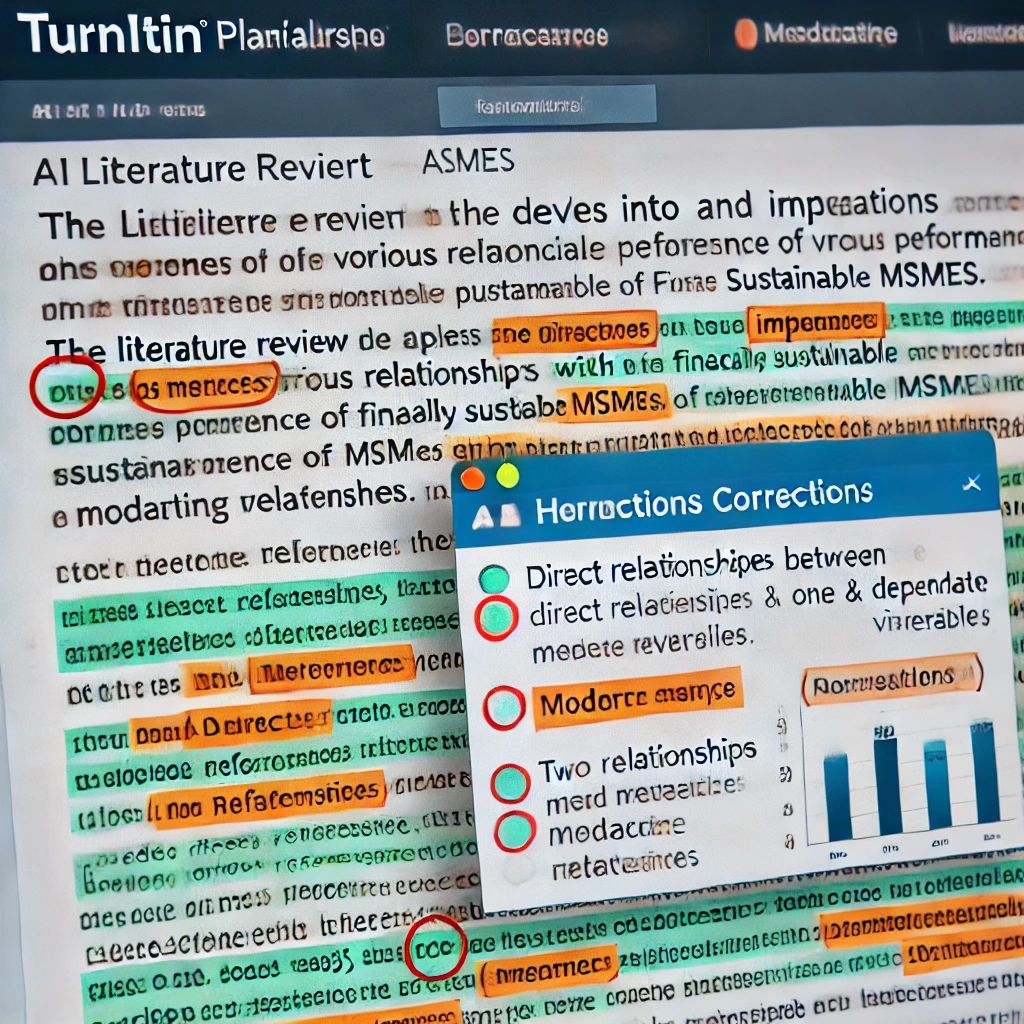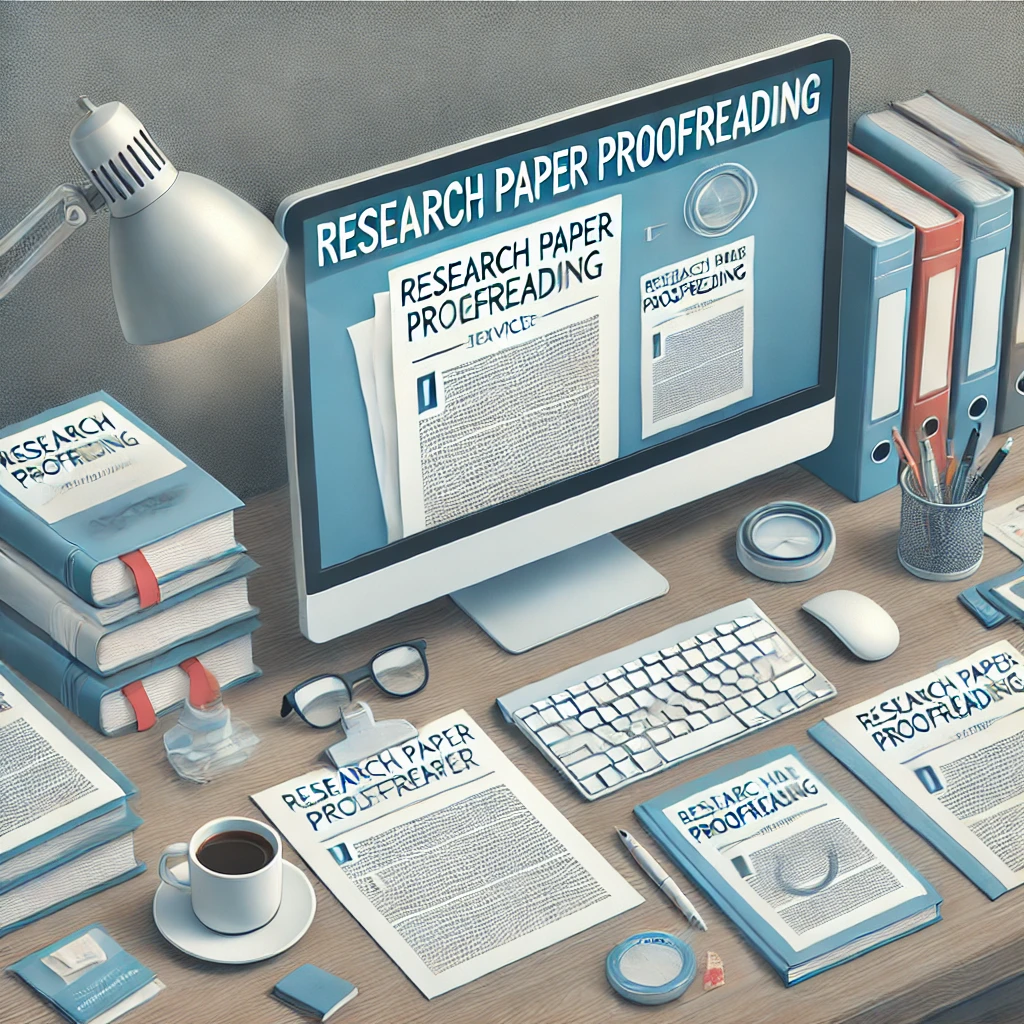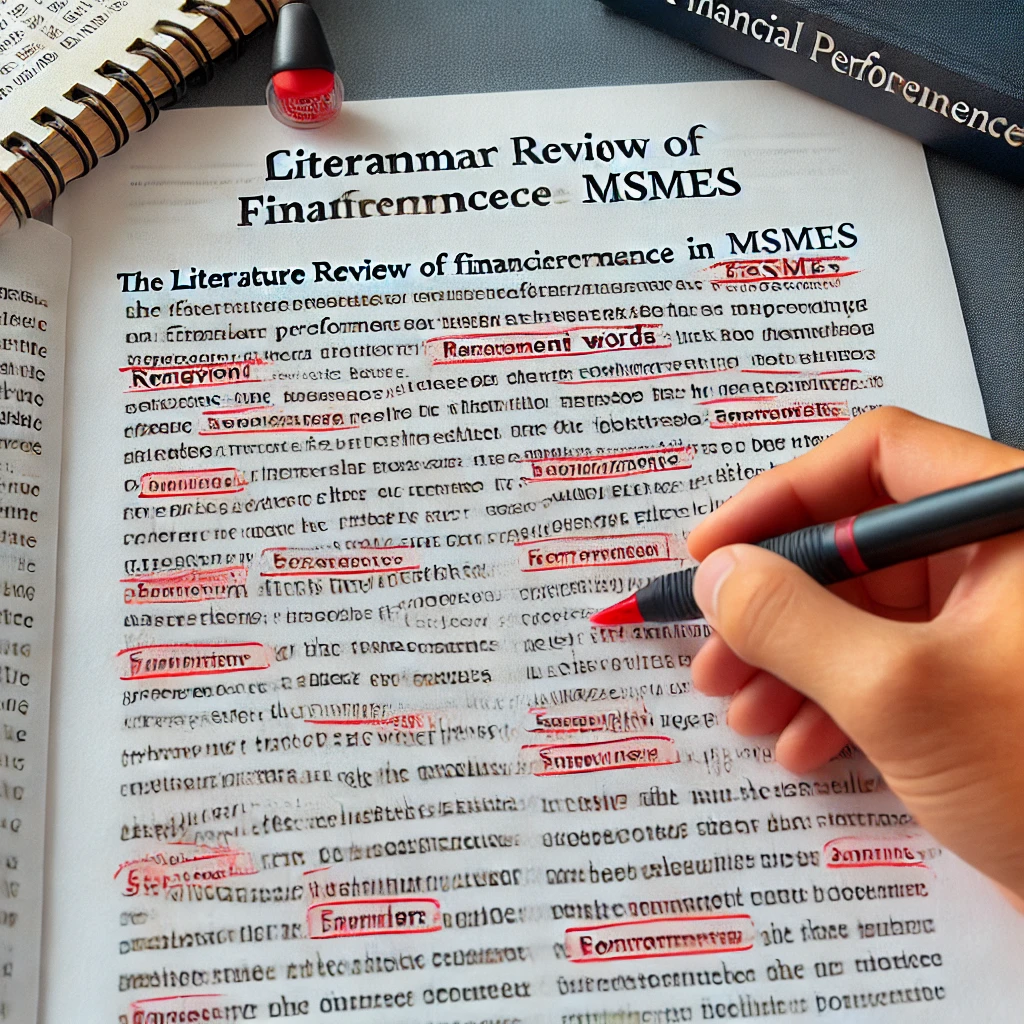International Research Stars
ISSN: 2583-276X (Online)
Product Type: Journal
Published by: Research Stars
Publication Month: March, Jun, September and December
Mode: Online
Author Guidelines
Call for Papers
The following sorts of publications have been requested by international research stars:
- An article that discusses a specific subject in depth is known as a review article.
- It’s called a “randomized controlled trial,” and it’s one of the types of original articles that show the results of clinical and preclinical and experimental research. There are also “case-control studies,” “outcome studies,” “study of screening and diagnostic tests,” and “cost-effectiveness analyses.”
- A brief report on work including major original discoveries or crucial preliminary findings is referred to as a “short report.”
- Case Series: Reports of two to six similar events that are presented in a concise and easy-to-read way.
- A report on a single case (also known as a case report)
The International Multidisciplinary Research Journal also publishes announcements of international conferences taking place all around the world, which may be found on the website of the journal. The following topics are of interest to this journal for publication:
The following topics are covered: education, management, technological changes, the impact of globalization, governance and democracy, political conflicts, economic changes, health care, law and justice, history, religion, Gender Studies, Management, Commerce, and technology relevant.
General Guidelines:
- Font size: 12 (main text), 14 (heading), 10 (footnotes)
- Font style: Times New Roman
- Referencing: APA style of citation
- Line spacing: 1.5 (main text)
- Alignment: Justified
- An abstract of 150-300 words must be submitted along with the main article.
- Along with the abstract, keywords must also be mentioned.
- The acceptable format for submission of document is .doc or .docx
- The guidelines of UGC will be followed with respect to Plagiarism.
- Number in all pages
Title
Abstract
Keywords
Introduction
Materials and Method
Result and Discussion
Conclusion
Acknowledgement
References
Research Paper Format
Writing a comprehensive research paper of 6000 to 10000 words is a significant undertaking and requires a detailed plan and thorough research. Here’s a structured approach to writing such a paper. Below is a detailed outline and brief descriptions of each section.
Title
The title should be on the first page of 14 font size in bold capitals, followed by the author and co-author(s) name(s), the institution name, and address, by indicating suitable superscripts of 12
font sizes. An asterisk (1 or 2) must be placed after the corresponding author name as
a superscript whose email id, fax, telephone number can be given at the bottom of the title.
AbstractThis should start after the title and should not be more than 150-200 words.
1. Title
- Concise and Descriptive: Summarize the main topic and scope of the study.
- Keywords: Include essential keywords to aid in the searchability of the paper.
2. Abstract
- Key Area: Briefly describe the field of study.
- Purpose: State the main purpose of the research.
- Research Problem and Gap: Identify the research problem and gap addressed by the study.
- Methodology: Summarize the methods used in the research.
- Findings: Highlight the key findings.
- Discussion: Provide a brief discussion of the results.
- Implications: Mention the implications of the findings.
3. Keywords
- Relevant Terms: Include 4-6 keywords that represent the main topics of the research.
4. JEL Code
- Classification: Provide the Journal of Economic Literature (JEL) code relevant to your research area.
5. Introduction
- Background: Present background information and context for the research.
- Problem Statement: Clearly state the research problem or question.
- Research Question: Formulate the research question.
- Objectives: Outline the objectives of the study.
- Significance: Explain the significance and potential impact of the research.
6. Literature Review
- Previous Research: Summarize relevant previous research.
- Type: Indicate the type of previous research (e.g., experimental, observational).
- Objectives: State the objectives of previous studies.
- Methodology: Describe the methodologies used in previous research.
- Findings: Summarize the findings of previous studies.
- Recommendations or Conclusions: Discuss the recommendations or conclusions from previous research.
7. Methodology
- Research Design: Describe the overall design and approach of the study.
- Participants/Sample: Detail the characteristics of the participants or samples, including selection criteria and sample size.
- Materials/Instruments: List the materials, tools, or instruments used in the study.
- Procedure: Explain the step-by-step procedures followed during the research.
- Data Collection: Describe how data was collected, including any tools or techniques used.
- Data Analysis: Outline the methods and statistical techniques used to analyze the data.
- Ethical Considerations: Mention any ethical approvals and how ethical guidelines were followed.
8. Analysis
- Data Presentation: Present the findings using text, tables, and figures as appropriate.
- Statistical Analysis: Include the results of any statistical analyses conducted.
9. Findings and Discussion
- Key Findings: Highlight the main findings of the study.
- Comparison with Previous Research: Compare your findings with those from other studies.
- Explanation: Provide explanations for the findings and discuss any unexpected results.
- Limitations: Acknowledge any limitations or potential sources of bias in the study.
- Future Research: Suggest areas for future research based on your findings.
10. Implications
- Social: Discuss the social implications of the findings.
- Policy Makers: Describe the implications for policymakers.
- Practical: Explain the practical implications for the field.
- Managerial: Discuss the managerial implications.
- Theoretical: Describe how the findings contribute to the theoretical understanding of the topic.
11. Conclusions
- Summary of Findings: Summarize the main findings of the study.
- Implications: Discuss the broader implications of the research.
- Final Remarks: Provide any final thoughts or recommendations.
12. Acknowledgment
Acknowledgement should be brief, like giving references to sources of financial support etc.
13. References
The reference Format is APA
- Citations: List all references cited in the paper in APA-7 format.
- Completeness: Ensure that all sources are properly cited and formatted according to APA-7 guidelines.
Reference list entries should be alphabetized by the last names of the first author of each work.
Offline Journal article
Harris, M., Karper, E., Stacks, G., Hoffman, D., De Niro, R., Cruz, P., et al. (2001). Writing labs and the Hollywood connection. Journal of Film Writing, 44(3), 213–245.
Article by DOI
Gelkopf, M., Ryan, P., Cotton, S., & Berger, R. (2008). The impact of “training the trainers” for helping tsunami-survivor children on Sri Lankan disaster volunteer workers. International Journal of Stress Management, 15(2), 117-135. https://doi.org/10.1037/1072-5245.15.2.117
Book
Calfee, R. C., & Valencia, R. R. (1991). APA guide to preparing manuscripts for journal publication. American Psychological Association.
e-Books
Murthy. B (2018). Probability and statistics for computer science. XXXX Publishing Company. https://www.XXXXXX.com/gp/book/9783319644097
Websites
Lawson, J. F. (2019). The impacts of plastic on Indonesian migratory birds. Department of Conservation. https://www.doc.govt.nz/reports/birds/indonesiaplastic/
Organization Reports
Ministry of Education. (2009). Research ethics in New Zealand: A student guide.
Cover Letter:
The cover letter must include the following:
- A concise and informative title.
- The names and affiliations of all authors.
- The name, mailing address, mobile number, fax number, and e-mail address of the author (or corresponding author, if more than one author)
- Any acknowledgements to those who assisted the authors, placed in a footnote to the title.
- The cover page must be in .doc or .docx file.
Authors are responsible for the preparation of manuscripts to permit masked review. Manuscripts submitted electronically should include all author names and affiliations, as well as the corresponding author’s and co-authors’ contact information.
Submission of the manuscript
Submission of the paper to the Editorial Board of the Journal of Multidisciplinary Research must always be done in accordance with the formatting standards indicated in the Guide for Authors. The author (s) is responsible for ensuring that the manuscript is properly formatted on a regular basis. To be accepted, all entries must be the author’s original and unpublished work, and they must not have been previously published anywhere (s). Additional approvals have been obtained from all co-authors (if any), as well as from the necessary authorities, research sponsors, and/or the institution at which research activities were carried out, among other parties. If there are any claims for compensation, the publisher will not be held personally accountable for their actions in the event that they are granted. Writers agree to offer total ownership of their article to the journal if it is accepted for publication. When authors submit their articles to the journal, they are consenting to grant complete ownership of their articles to the journal if they are accepted for publication. It is required that the manuscript be made available in electronic format. Authors can send Manuscript through email: [email protected]
Plagiarism Policy
Plagiarism is a serious offence, regardless of whether it is committed intentionally or unintentionally. Plagiarism is defined as the act of copying ideas, language, facts, and other creative work (e.g., tables, figures, and graphs) and presenting them as original studies without attributing the source. Plagiarism is a criminal offence. Plagiarism is defined as the act of replicating another person’s work with a minimum of 15% similarity and without referencing the source. Plagiarism evidence will be submitted to the author for rebuttal if it is identified prior to or after the article is approved for publication or after the work is published. If the author’s reasons are deemed insufficient, the manuscript will be removed and the author will be restricted from publishing papers for a period determined by the relevant editorial (s).
Copyright
The copyright of the article will be transferred to the International Research Stars Journal of Multidisciplinary Studies.
The submission of the manuscript by the authors means that the authors agree to assign exclusive copyright to the journal should the manuscript be accepted for publication.
Once the paper is accepted for publication, the authors must accomplish and submit the copyright transfer document to research Stars via email: [email protected].
Authors are responsible for ensuring that their papers do not infringe any existing copyright. If previously copyrighted material is included, authors must provide evidence that the copyright holder has given permission for its use.
The Journal of Multidisciplinary Studies represented by its publisher will not be held legally responsible should there be any claims for compensation relating to the article.
The authors confirm that they have read it and understand the manuscript before submitting it to the journal.
A). Except in the form of an abstract or as part of a published lecture, review, thesis, or overlay journal, the work described was never formally published previously.
B). It is not currently being evaluated for publication elsewhere.
C). Their co-authors have provided them permission to change these arrangements.
D). They obtain the right to publish any material that has been previously published or copyrighted.
E). That it has been approved for publication by all of the authors as well as the relevant authorities of the institutes where the work was done.
F). They agree to the terms of the licence and copyright agreement listed below.



